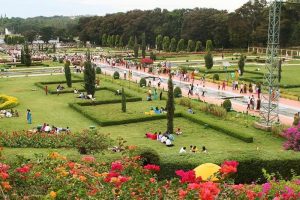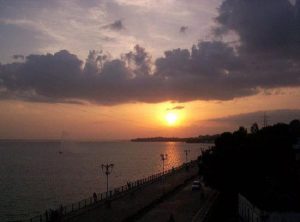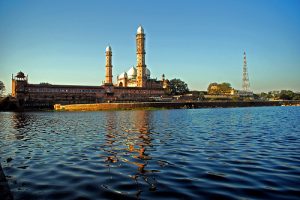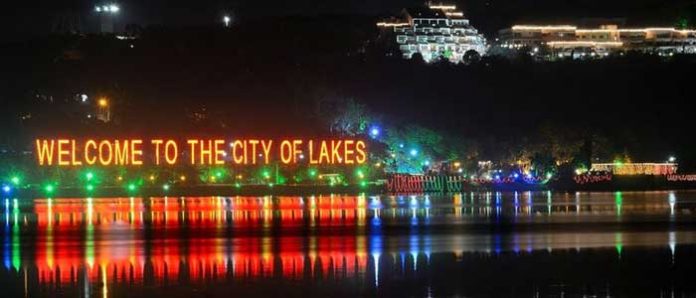Bhopal was found in 11th century by the Paramara king Bhoja, who ruled from his capital at Dhar.
The city was originally known as Bhojpal, named after Bhoj and the dam (‘pal’) that he is said to have constructed to form the lakes surrounding Bhopal. He created the iconic upper lake.
The present city of Bhopal was found by one of Emperor Aurangzeb’s Afghan soldiers Dost Mohammed Khan.
This city is the symbol of feminism and women power. Historically, this city was ruled by female rulers for centuries. The rule of Begums gave the city its waterworks, railways, a postal system, and a municipality constituted in 1907.
The city had the second largest Muslim population back then. But the peaceful rule of Begums led to the rise of a unique mixed culture in Bhopal. The Hindus were given important administrative positions in the state. This led to communal peace and a cosmopolitan culture took its roots. After 1984 Bhopal became synonymous with tragedy and sorrow.
But this city is so much more than that. The incident which happened more 30 years ago still overpowers the outlook towards the city.
Bhopal is a city which boasts of its old charm with a touch of modern living. Its major attraction are its serene lakes and gardens.

Life in this city is still slow paced starting with peaceful mornings, lazy afternoons and ending with beautiful evenings. The upper lake of Bhopal is the second largest artificial lake of asia. It was constructed by raja bhoj.

Bhopal is very famous for its lakes, artificial as well as natural and cleanliness.
It has more than a dozens of lakes:
Upper Lake: The oldest man-made lake in the country, it is known as Bada Talaab or the big lake.
Lower Lake: It was constructed by Chote Khan in 1794.
These two lakes are separated by an over bridge called Pul Pukhta or Lower Lake Bridge. Supplying water to almost 40% of the residents in Bhopal, these lakes play a vital role in serving the city. It is a perfect place to relax and enjoy various water sports like Kayaking, Canoeing, parasailing and water skiing.
Shahpura Lake
Motia Talab (beside Taj Ul Masajid)
Nawab Siddique Hasan Khan Talab
Munshi Hussain Khan Talab
Lendiya Talab
Sarangaria Lake (near Piplani in front of St Theresa School )
Jawahar Baal Udhyaan Lake (Near Durga Petrol Pump )
Manit Lake
Bordi kalan
Preet Nagar Lake (now only during Rain)
Nariyalkheda Golf course Lake (now comes under Military Centre )
Mullah Sarovar
Many of these lakes were created during the rule of raja bhoj or the rule of the begums.
These Lakes helps to modify the local weather and climate. Because water temperatures change more slowly than land temperatures, lake waters gain heat in summer and release heat during cooler months. This results in cooler springs, warmer falls, delayed frosts and lake effect snow.

Also Bhopal being a green city helps to keeps its climate moderate during summers.

image credit:https://www.indiatimes.com/culture/travel/11-of-the-greenest-cities-in-india-232232.html
So these lakes and greenery not only contributes to beauty but to its weather as well.
No doubt it is called the city of lakes!
Also read
Top 5 Yoga Asanas That Can Help People With Insomnia
10 Things to Keep in Mind Before Joining a gym
TOP 20 Information Technology Companies in India


